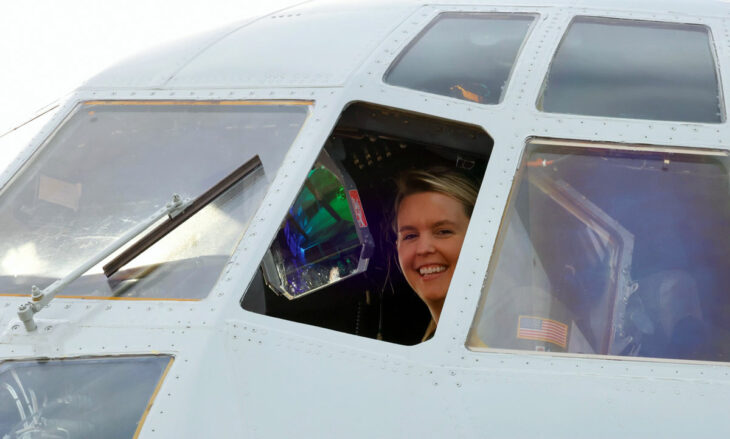When Hurricane Katrina devastated the Coast in 2005, Capt. Ashley Kosturock’s family was fortunate and sustained only minimal damage to their home.
But Kosturock’s dad, a Biloxi Police officer at the time, documented the disaster with a Kodak single-use camera, snapping scenes of the aftermath along Highway 90. Today, Kosturock carries those photos in her flight suit to every public event she attends as a member of the 53rd Weather Reconnaissance Squadron — better known as the U.S. Air Force Reserve Hurricane Hunters.
“It was an extremely surreal experience — all that was left were oak trees and stairs to concrete foundations of nothing,” recalls Kosturock, a pilot for the unit. “Flying this mission and being a part of the team makes me feel as though I’m giving back to the community I grew up in and communities all over (that are) affected; it’s a fulfilling feeling.”
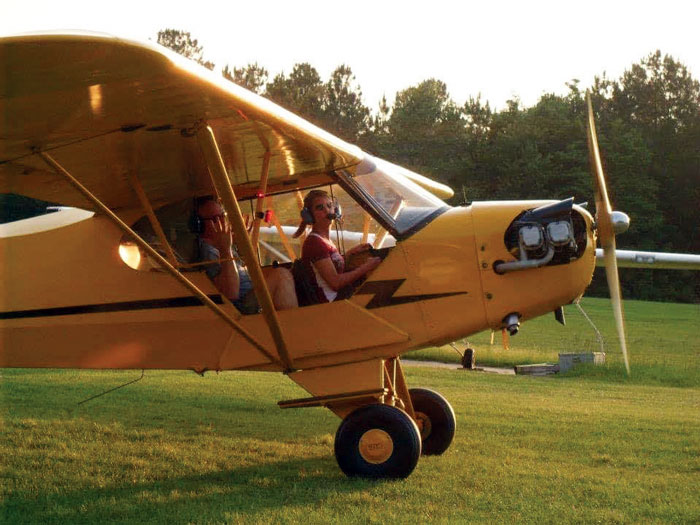
LEARNING TO FLY
A South Mississippi native, Kosturock graduated from Harrison Central High School and went on to earn a bachelor’s and master’s degree in aerospace engineering from Mississippi State University. While at MSU, she worked part time as an unmanned aerial vehicle (UAV) pilot, helping to collect data for the Southeast River Forecast Center.
“I grew up not knowing what I wanted to do when I grow up, and happenstance allowed me the stepping stones for an aviation career, so I took it and ran with it,” Kosturock says. “I owe much of this to Mark Stevens, retired Lt. Col. navigator from the Hurricane Hunters, as he taught me how to fly.”
She took one of her first flights at Shade Tree airport in Gulfport and now has a full-time job at Eglin Air Force Base as a test and evaluation engineer, in addition to her part-time role as a reservist with the Hurricane Hunters.
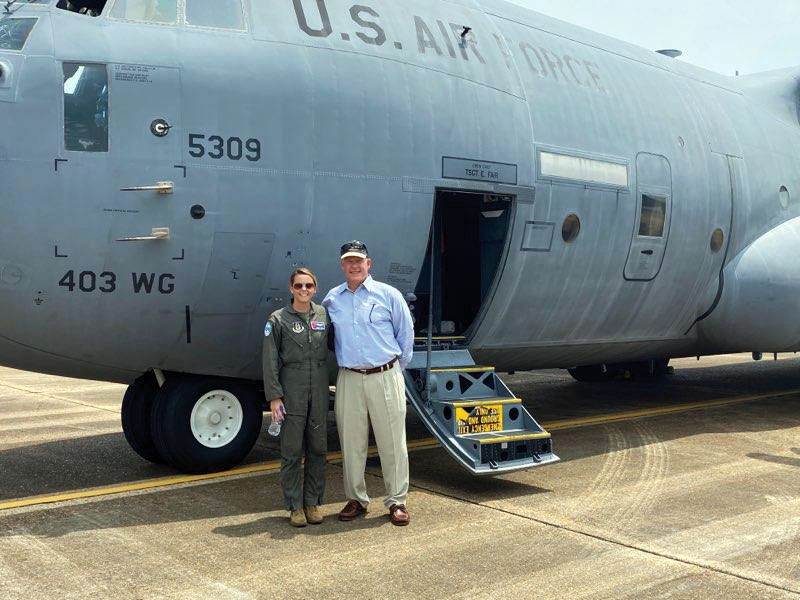
“It may not be for everyone, but if you appreciate the data we provide, have an affinity for the beauty of weather and enjoy unexpected boosts of adrenaline, then (it’s) a great profession to train toward.”
NO TWO STORMS ARE THE SAME
When Kosturock interacts with the public as a member of the 53rd, she often receives the same question: “Y’all fly over the storm and not through it, right?”
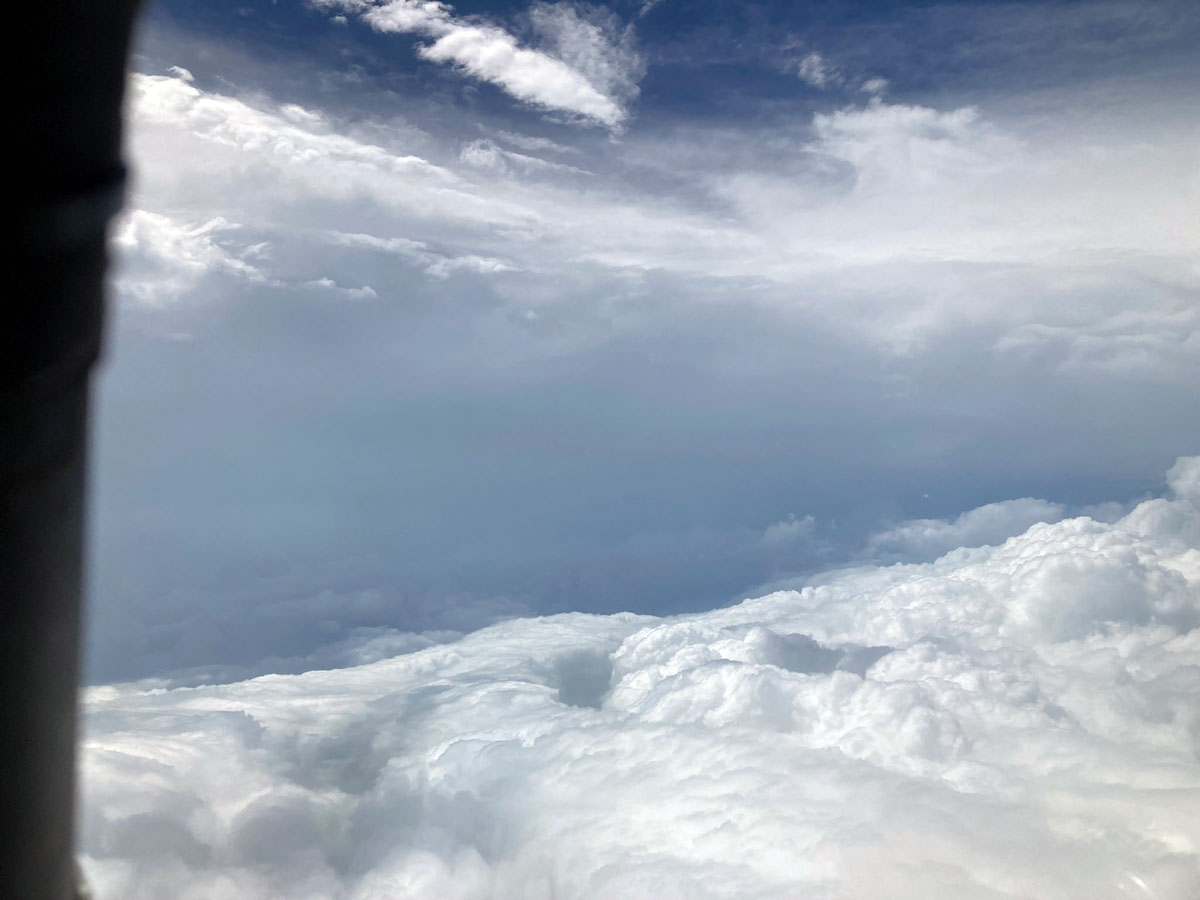 In fact, the unit’s C-130J pilots pass directly through a hurricane at an altitude of 10,000 feet or lower.
In fact, the unit’s C-130J pilots pass directly through a hurricane at an altitude of 10,000 feet or lower.
“This allows us to deploy dropsondes (data-collecting weather devices), which capture pertinent data all the way to the water’s surface,” Kosturock explains.
Each storm is unique, she adds, “which is ultimately why we are there — to investigate what is happening … .” A Low Power Color Radar onboard allows the crew to visualize what they can expect to fly through.
“The bumps are unpredictable, which can definitely create a pucker factor sometimes,” Kosturock says, “but we are disciplined with checklists and training, following guidance and expertise gained over the years and passed down from our predecessors.”
A UNIQUE AND IMPORTANT MISSION
The 2024 hurricane season kicked off on June 1, but preparation for storm operations began well in advance. All forecasts are calling for an especially active season this year, thanks to near-record high temperatures in the Atlantic Ocean and the development of La Nina conditions, which provide less wind shear to break up developing storms.
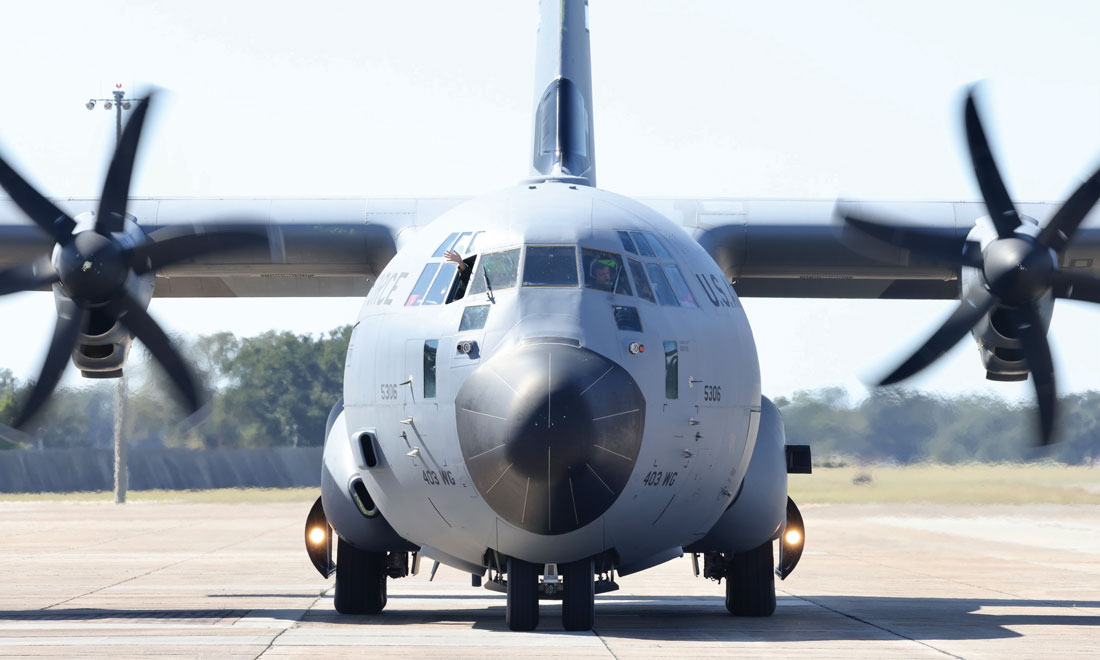
Whatever the season brings, the 53rd is ready — manned by full-timers and traditional reservists like Kosturock who augment as needed.
“As unpredictable as the weather can be, and hurricanes are for that matter, the full-time folks inevitably will take a brunt of the work during storm season, often leaving during holidays and being gone from their families for weeks at a time,” she says. “So, when you hear of a possible active season or see it in action, kudos to them for the ‘round-the-clock’ manpower they put into making storm flights happen. They’re busy and tired, but they’re executing an extremely unique and important mission.”
PUSHING HER LIMITS
Kosturock’s longest storm flight to date clocks in at just over 11 hours — a grueling day by any measure. Missions can be taxing — even more so if a storm creates an uncomfortably bumpy ride.
Nonetheless, Kosturock wouldn’t have it any other way. There is always room for personal growth, she says, and as a relative newbie to the unit, having flown her first season in 2022, she’s continually learning and pushing herself to be better.
“It may not be for everyone,” she admits, “but if you appreciate the data we provide, have an affinity for the beauty of weather and enjoy unexpected boosts of adrenaline, then (it’s) a great profession to train toward.”


